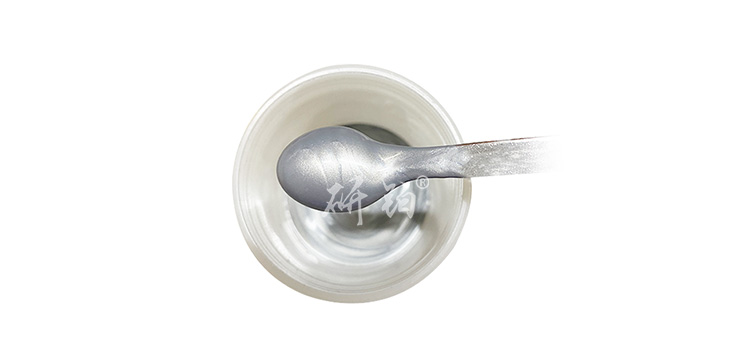conductive pasteAs a key component of electronic paste, the bonding phase can bond the conductive film to the substrate after high-temperature sintering of the electronic paste. It is usually composed of glass, oxide crystals, or a mixture of the two. According to the different curing methods of electronic pastes, the bonding phases used can be divided into organic bonding phases and inorganic glass bonding phases. Organic bonding phases are commonly used for low-temperature sintering of electronic pastes, while inorganic glass bonding phases are commonly used for high-temperature sintering of electronic pastes.
exist
electronic pasteIn the process, glass powder and conductive phase particles form a network like structure, which adjusts the thermal expansion coefficient of the slurry and meets the bonding strength requirements between the electrode and the substrate. During the sintering process of electronic paste, the glass phase gradually melts, allowing the conductive phase particles to be fully wetted and filling the pores left by the volatilization of organic carriers; During the cooling process, the glass liquid phase begins to solidify, tighten, and shrink, making the conductive film denser and enhancing the adhesion between the film layer and the substrate.

The selection of bonding phase has an impact on the mechanical and electrical properties of the film, therefore, it is required that the bonding have the following characteristics:
(1) The bonding strength between conductive metal particles and printing substrates is high, with good thermal expansion matching;
(2) Good high-temperature stability and aging resistance;
(3) Has good viscosity, wettability, and surface tension at high temperatures;
(4) Do not undergo adverse chemical reactions with other substances.
The content, particle size, shape, surface properties, and other factors of the bonding phase have a significant impact on the performance of the slurry. In order to form a dense sintered film, glass powder should be spherical in shape, with uniform particle size and good dispersion. Generally speaking, glass powder with small particle size and narrow size range can improve the overall activity of the slurry.



